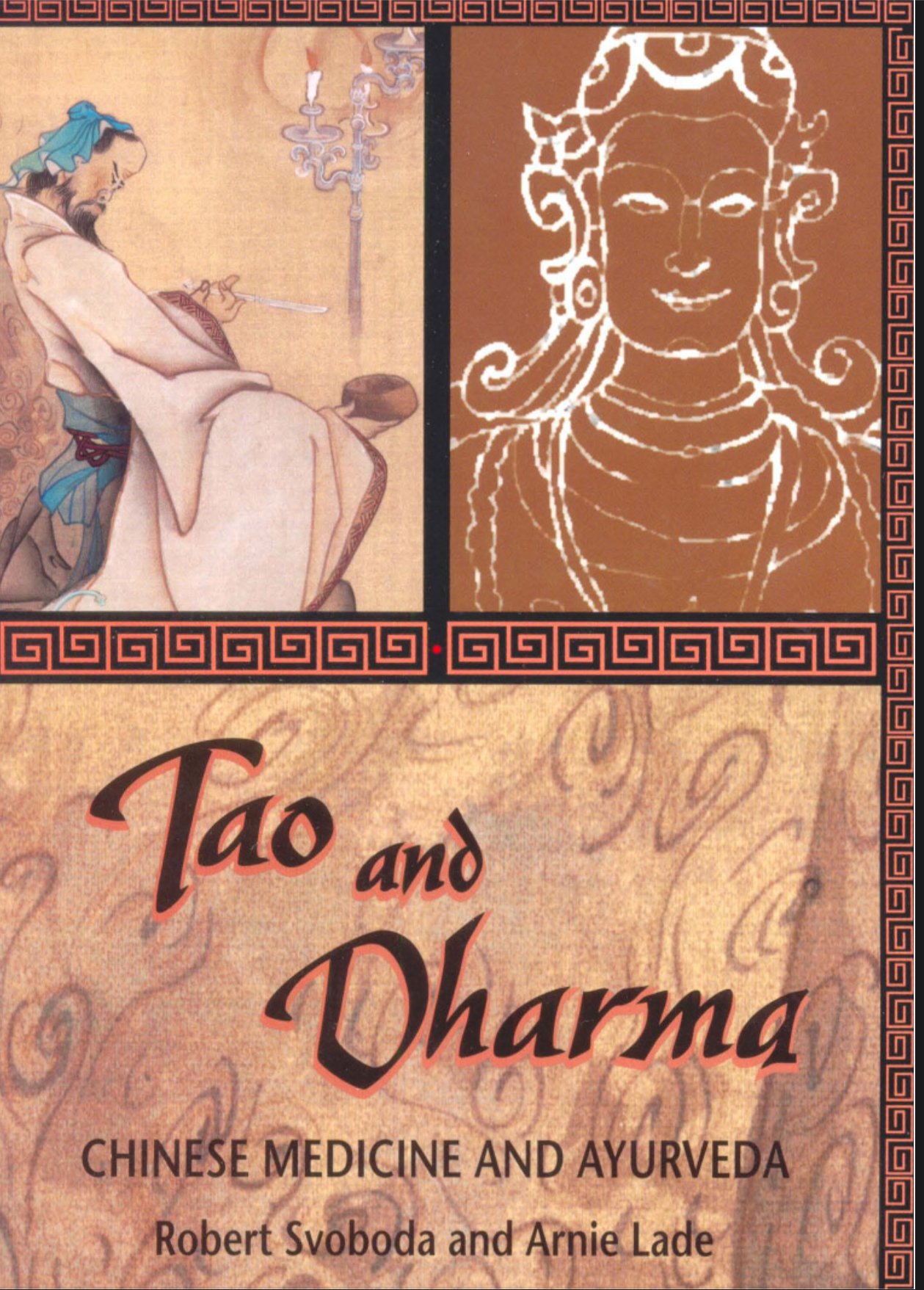 Image 1 of 2
Image 1 of 2

 Image 2 of 2
Image 2 of 2



Tao and Dharma - Chinese and Ayurvedic Medicine
Traditional Chinese and Ayurvedic medicine constitute the two major legacies for health and healing from the ancient world. However, one distinction between the two is found in the fact that traditional Chinese medicine, as introduced to the West during the 70s and 80s represents a more physio-materialistic focus. This is because of the effort that
was made to clear away its spiritualistic orientation so that it could better accommodate the tenets of Chinese Communist
materialism. Ayurvedic medicine—which followed Indian yoga into the West and had no dominant ideology, such as Communism to modify it—maintains a closer integration with spiritualistic yogic philosophy.
As this book so aptly points out, while there are differences between the two great systems, the similarities are even greater. Is it, however, from a collective unconscious that two great healing arts, such as traditional Chinese medicine and
Ayurveda arise, or is it from a primal source that extends beyond our present geographical and archaeological understanding? Visiting a rainforest near Cairns, Australia, I was amazed to find species of plants identical to species that only grow in one other part of the planet, a particular area of the Amazon rainforest in South America. Just as we find identical or similar species of plants simultaneously growing today on distant and different continents throughout the world, is it not possible that universal knowledge and wisdom of humanity
Traditional Chinese and Ayurvedic medicine constitute the two major legacies for health and healing from the ancient world. However, one distinction between the two is found in the fact that traditional Chinese medicine, as introduced to the West during the 70s and 80s represents a more physio-materialistic focus. This is because of the effort that
was made to clear away its spiritualistic orientation so that it could better accommodate the tenets of Chinese Communist
materialism. Ayurvedic medicine—which followed Indian yoga into the West and had no dominant ideology, such as Communism to modify it—maintains a closer integration with spiritualistic yogic philosophy.
As this book so aptly points out, while there are differences between the two great systems, the similarities are even greater. Is it, however, from a collective unconscious that two great healing arts, such as traditional Chinese medicine and
Ayurveda arise, or is it from a primal source that extends beyond our present geographical and archaeological understanding? Visiting a rainforest near Cairns, Australia, I was amazed to find species of plants identical to species that only grow in one other part of the planet, a particular area of the Amazon rainforest in South America. Just as we find identical or similar species of plants simultaneously growing today on distant and different continents throughout the world, is it not possible that universal knowledge and wisdom of humanity
